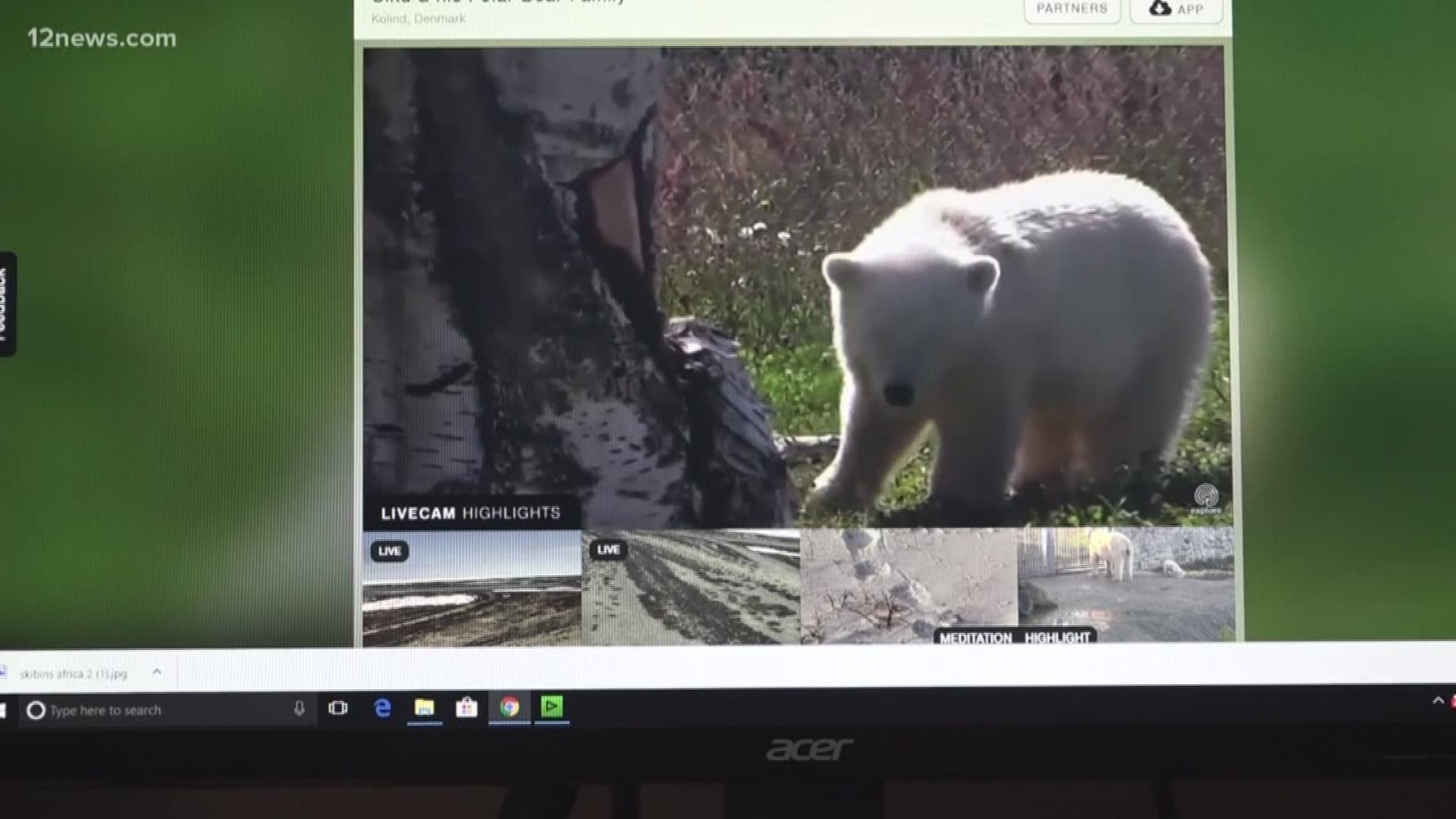DENVER, Colo. - Thousands of people tuned in Tuesday and Wednesday when a live camera in Colorado captured an elk giving birth.
From an eagle cam to a shark cam to a polar bear cam, lets face it, people are obsessed with watching live animal feeds.
Millions upon millions of people tuned in to watch April the giraffe during her pregnancy.
With sites like www.explore.org, you have access to more than 100 live streams—everything from pandas to penguins.
Why are people so obsessed? Two professors are actually researching this phenomenon, focused on the bear cam at Katmai National Park in Alaska.
“It’s far easier sitting in your living room, with no mosquitos, with no crowds, without spending thousands of dollars to travel there," said Jeffrey Skibins, assistant professor at East Carolina State University.
“It builds community. There’s people in chat rooms, they know the names of the bears, they know what they did last week, they know what they ate for dinner. It’s amazing," said Ryan Sharp, assistant professor at Kansas State University.
Whether it’s stress relief, curiosity or genuine interest in wildlife, research shows that watching animal streams could be even more beneficial to the animals and parks.
“For the park to be able to provide that experience to the world, is a phenomenal outreach opportunity and way to build support and understanding for wildlife around the world," said Skibins.
“The amount of time people spend online with those animals really impacts their connection to those animals and it builds a conservation ethic with those people that are watching," said Sharp.
The study into this fascination continues with hopes of finding a positive impact.
“What drives it, what makes it interesting to them and essentially then how can we provide better experiences and how can we engage them in conservation to create more of a grassroots movement to improve the long term management of these resources and protect wildlife in general," said Skibins.
Visit www.explore.org to watch live animal cameras.

